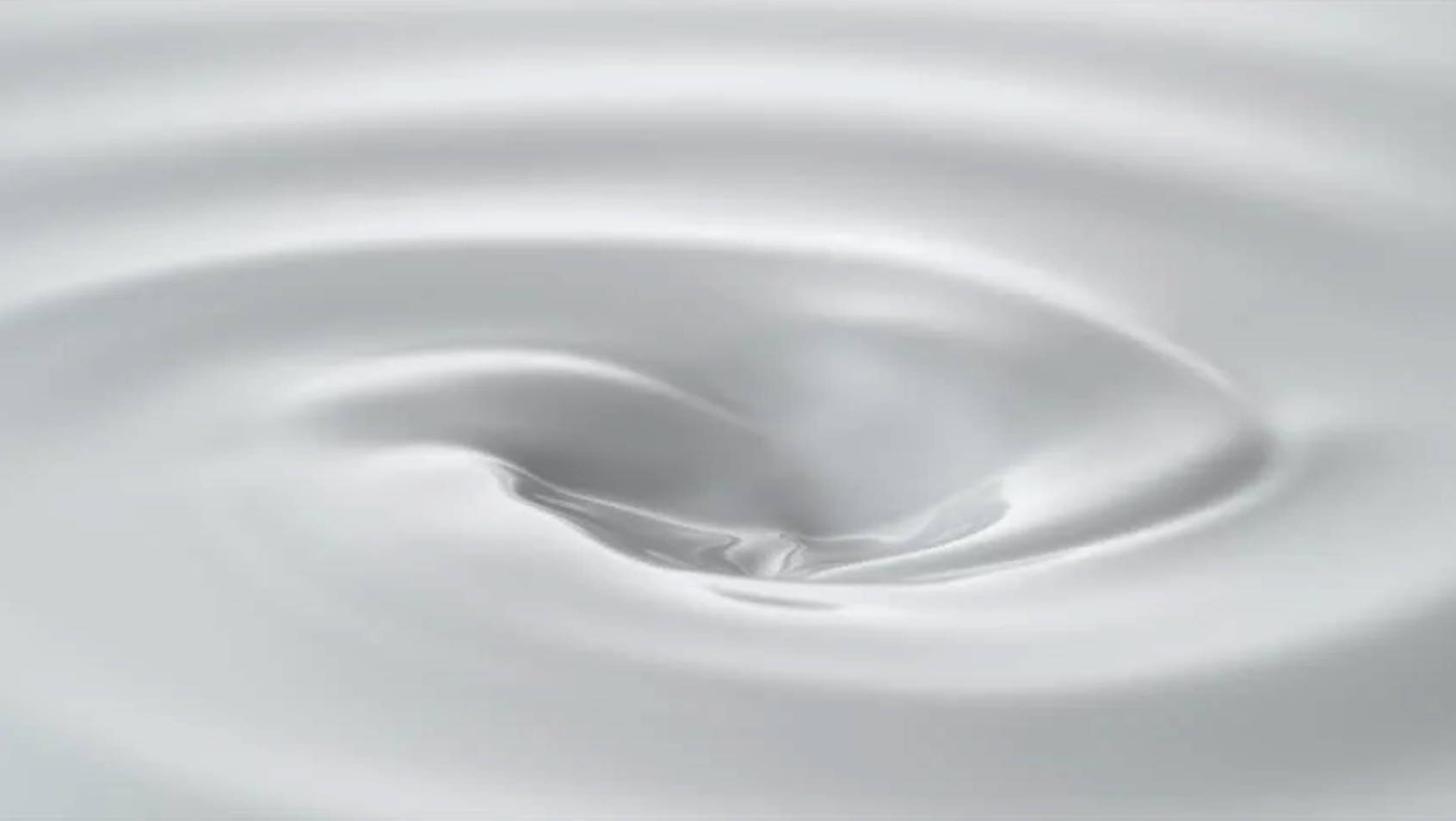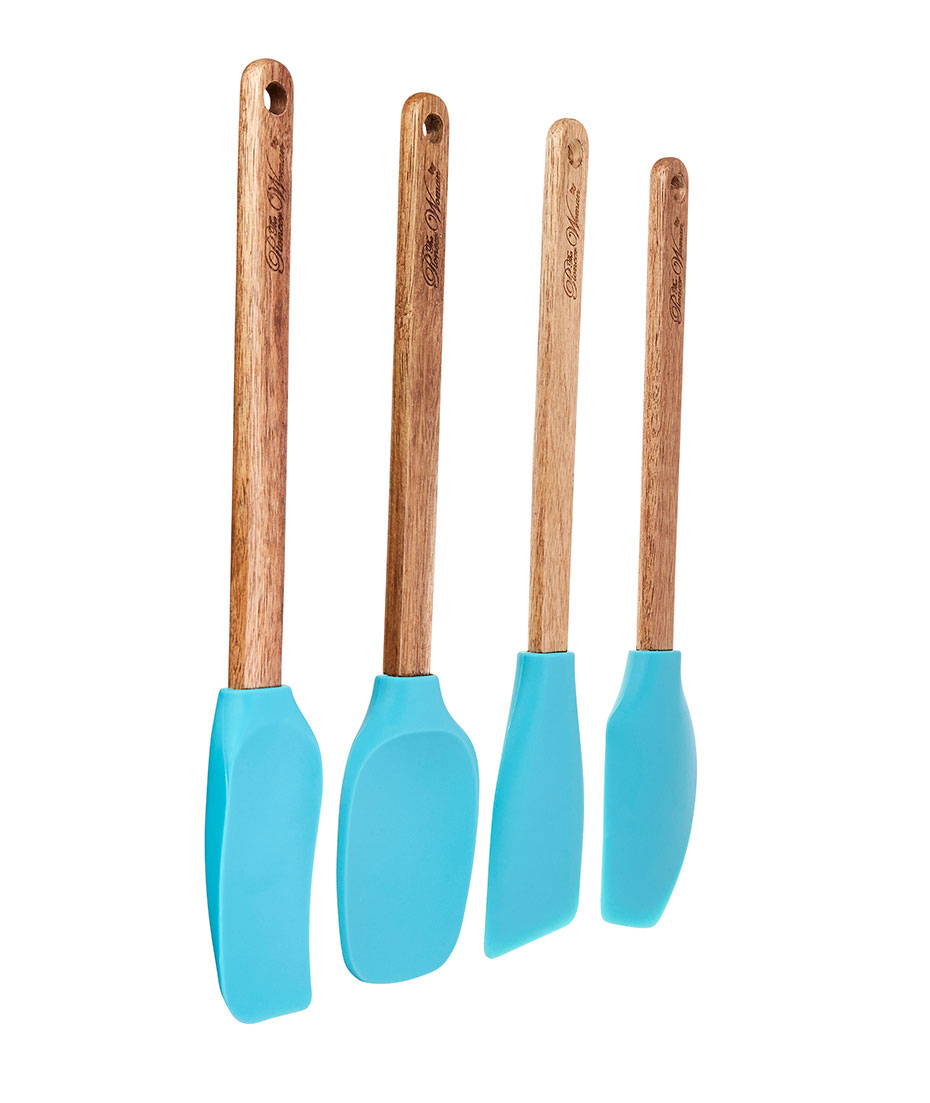By Alanna Iacovetti


Why Breastmilk Fat Matters
If you’ve ever noticed a fatty ring forming on the sides of your Chiller chamber, you’re not alone! This is completely normal when chilling breastmilk, but we know it can be frustrating when trying to get every last drop of nutrient-rich milk into your baby’s bottle.
While it’s not a major issue if some milk fat stays behind, you want to ensure your baby gets as much of it as possible.
Why? Breastmilk fat is:
✔ Essential for weight gain and brain development
✔ Important for keeping babies full and satisfied
✔ A key factor in appetite control
If you’re having trouble removing breastmilk fat from your Chiller chamber, we’ve got tips to help!
4 Easy Ways to Get Breastmilk Fat Back Into Your Baby’s Bottle
Try these simple hacks to mix in that valuable fat before serving your milk.
-
Shake or Swirl the Milk
✔ Before transferring your milk, gently shake or swirl the Chiller to remix the fatty layer.
📌 This method helps evenly distribute the fat throughout the milk, ensuring your baby gets all the nutrients.
-
Run Cool Water Over the Chamber
✔ If you’re using the 12oz chilling method (storing milk in the inner chamber), try running cool water over the outside of the chamber.
📌 Why it works: The cool water helps release breastmilk fat particles stuck inside, making it easier to pour out every last drop.
-
Fill the Inner Chamber with Warm Water
✔ If you’re storing breastmilk in the outer chamber, use this simple trick:
📌 Dump out the ice and water in the inner chamber and refill it with warm water.
📌 Gently swirl the Chiller to release the fat from the outside of the inner chamber.
Pro Tip: This may take one or two tries, but it works perfectly! Check out our step-by-step guide here: Breastmilk Fat Removal.
-
Use a Silicone Spatula
✔ Still seeing stubborn fat stuck inside? A silicone spatula can help!
📌 Gently scrape the fatty layer and transfer it into your storage bags or baby bottle.
Why silicone? It’s soft, safe for stainless steel, and won’t scratch your Chiller’s surface.
Why Ceres Chill Helps Reduce Fat Loss
Unlike plastic storage containers, the Ceres Chill Breastmilk Chiller features stainless steel chambers, which are much less porous.
What this means for you:
✔ Less milk fat loss compared to plastic containers
✔ Easier milk transfer with fewer particles sticking to the sides
✔ More nutrients preserved for your baby!
While no method is 100% perfect, Ceres Chill moms report significantly less fat loss with their Chillers than with traditional breastmilk storage containers.
Keep Every Drop of That Liquid Gold!
Want to maximize every ounce of your breastmilk? For storing, the Ceres Chill OG Breastmilk Chiller keeps milk safe and nutrient-rich for up to 20 hours, helping you store and serve milk with less waste! For feeding, consider using the glass like Bloom Baby Bottle, no plastic means no leftover fat stuck to the bottle!
For more breastfeeding tips & hacks, check out:
✨ Moms work hard for every ounce—let’s make sure baby gets all of it!
